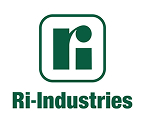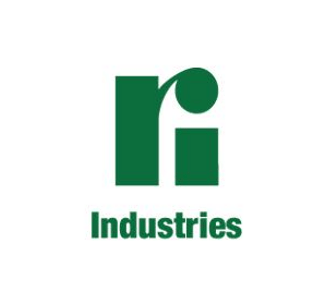
As a pre-cast concrete manufacturer, we view the safety of our workers and our environment as our number 1 priority. So we are particularly glad to report a number of things happening at Ri-Industries, as well as all the additional work practices we have put in place in relation to the current COVID-19 crisis.
Silicosis is widely talked about in the workplace and via Safework SA (it is an incurable and often fatal lung disease contracted through exposure to silica dust).
It can affect people working in very dusty environments as the tiny particles are respirable or – in plain language – inhalable. This is widely prevalent in areas of cutting stone but also in grinding concrete.
Working with concrete can be dusty work. As a pre-cast concrete manufacturer, we are committed and focused on reducing the amount of dust in processes and our factories. This includes undertaking specialist measurements of respirable dust in our environment and during certain processes as part of the manufacture of pre-cast concrete products.
Our communication with staff and interaction with safety suppliers ensures we are not just wearing face masks but staff are trained in how to fit their masks properly, which makes a huge difference to their effectiveness, keeping harmful respirable dust out.
Other initiatives include, but are not limited to, filtration cleaning systems, grinding systems and other Personal Protective Equipment (PPE) which also positively work with our environmental approach.
Therefore, we are pleased to report that having recently had a dust survey and full inspection at both our factories in Wingfield and Angle Park, our levels of respirable dust were between 0.1 and 0.4mg/m³ – well below the Safe Work limit of 1mg/m³. We don’t just work to the guidelines that are set, we always go above and beyond at Ri-Industries.
Ri-Industries also has three certifications by the Certification Approval Panel of TQCS International which require annual audits. You can learn about these certifications in one of our previous blogs, but here is a brief summary:

- AS 4801: Safety – Demonstrating compliance with internal and external safety systems, including performance, preventive measures and monitoring.
- ISO 9001: Quality – Recognising our compliance in areas including client liaison, internal communication, issue resolution and efforts toward continuous improvement.
- ISO 14001: Environment – Acknowledging our commitment to preserving the environment and preventing pollution.
The certification process is thorough, and approval is not easy to achieve. We are incredibly proud to earn these and appreciative of the dedication our staff show to safety. And for our customers it’s good to know you’re dealing with a company so focused on the safety of our workers and our environment.


